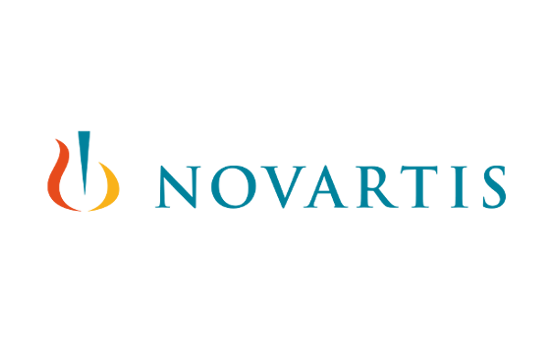 Novartis has published proof of concept study results in the New England Journal of Medicine showing that its new antimalarial compound, KAF156, demonstrated activity against both vivax and falciparum malaria, including artemisinin-resistant parasites.
Novartis has published proof of concept study results in the New England Journal of Medicine showing that its new antimalarial compound, KAF156, demonstrated activity against both vivax and falciparum malaria, including artemisinin-resistant parasites.
Malaria is a life-threatening disease primarily caused by parasites (Plasmodium falciparum and Plasmodium vivax) transmitted to people through the bites of infected Anopheles mosquitos. Each year, it kills nearly half a million people, most of whom are children[1]. Artemisinin-based combination therapies (ACTs), such as Coartem®, are currently the standard of care against falciparum infections. Yet, rising resistance to artemisinin and decreasing partner drug efficacy in Southeast Asia threatens the global control of Plasmodium falciparum malaria. This is why new drugs are needed.
"KAF156 is a potential game-changing therapy against malaria," said Thierry Diagana, Head of the Novartis Institute for Tropical Diseases (NITD). "It acts against the two main parasites responsible for the majority of malaria deaths and against the blood and liver stages of the parasite's lifecycle. Novartis leads two of the four most advanced malaria development programs worldwide. If the programs are successful, they could help address the emerging issue of multidrug resistance."
KAF156 is the first compound from a novel class of drugs called imidazolopiperazines whose mechanism of action is still being characterized, but may be related to a previously uncharacterized gene (Plasmodium falciparum cyclic amine resistance locus, Pfcarl). In line with WHO guidance that antimalarials be co-formulated to mitigate the risk of parasite resistance development, it is expected that KAF156 will become part of a combination regimen when used to treat malaria.
From March to August 2013, a phase II, open-label, two part study was conducted in five centers in Thailand and Vietnam to assess KAF156 in adult patients with acute uncomplicated P.vivax (11 patients) or P.falciparium (10 patients) malaria. Multiple dose (400 mg once daily for 3 days) cohorts assessing parasite clearance rates were followed by a single dose cohort in falciparum malaria (800 mg) assessing 28 day cure rates (22 patients). Researchers saw that KAF156 resolves signs and symptoms of illness and cleared parasitemia rapidly in both vivax and falciparum malaria patients, including infections with artemisinin-resistant parasites.
"We are currently losing the battle against resistance in the Great Mekong Sub-region. In the past resistance has spread from this region and caused millions of deaths in Africa and India. The discovery and development of new safe and effective antimalarial drugs which are unrelated to those we currently use and do not share their resistance mechanisms, is essential if we are to curb this threat, and to control and ultimately eliminate malaria," said Professor Nick White, from the Mahidol-Oxford Tropical Medicine Research Unit (MORU), Faculty of Tropical Medicine, Mahidol University, Bangkok, Thailand.
Teams working as part of a joint research program with the Novartis Institute for Tropical Diseases, the Genomics Institute of the Novartis Research Foundation, and the Swiss Tropical and Public Health Institute, discovered KAF156. Research was supported by the Wellcome Trust, the Singapore Economic Development Board, and Medicines for Malaria Venture (MMV). Novartis will lead the development of KAF156 with scientific and financial support from MMV (in collaboration with the Bill & Melinda Gates Foundation).
The research and development of KAF156 is part of a broader commitment by Novartis in the fight against malaria. The Novartis Malaria Initiative drives research, development and access to novel treatments as part of this effort. Operated by Sandoz, the Novartis generics and biosimilars division, the Novartis Malaria Initiative is one of the pharmaceuticals industry's largest access-to-medicine programs. Since 2001, the initiative has delivered more than 800 million treatments without profit, including over 300 million dispersible pediatric treatments, mostly to the public sector of malaria-endemic countries.
About Novartis
Novartis provides innovative healthcare solutions that address the evolving needs of patients and societies. Headquartered in Basel, Switzerland, Novartis offers a diversified portfolio to best meet these needs: innovative medicines, eye care and cost-saving generic pharmaceuticals. Novartis is the only global company with leading positions in these areas. In 2015, the Group achieved net sales of USD 49.4 billion, while R&D throughout the Group amounted to approximately USD 8.9 billion (USD 8.7 billion excluding impairment and amortization charges). Novartis Group companies employ approximately 118,000 full-time-equivalent associates. Novartis products are available in more than 180 countries around the world.
1. http://www.who.int/malaria/mpac/mpac-sept2015-director-update.pdf